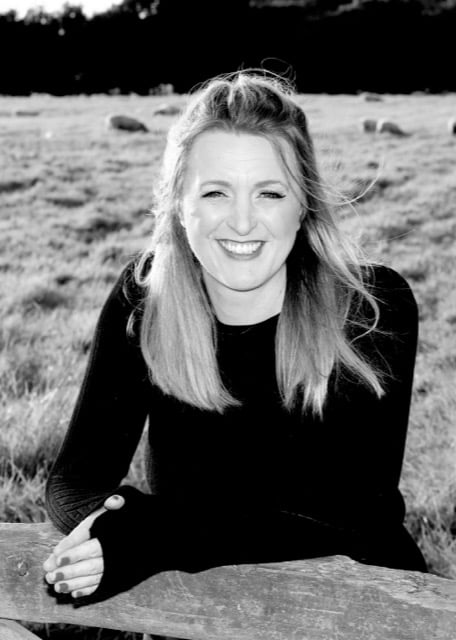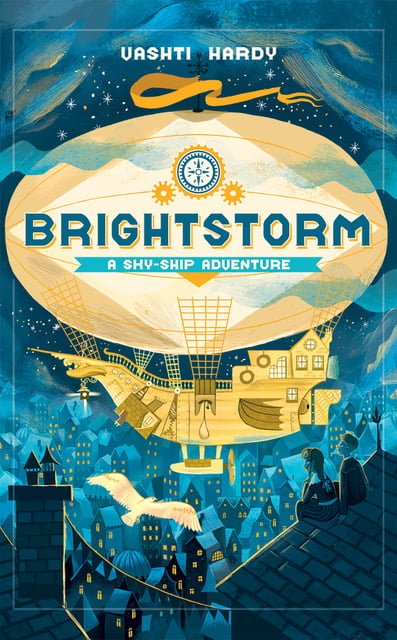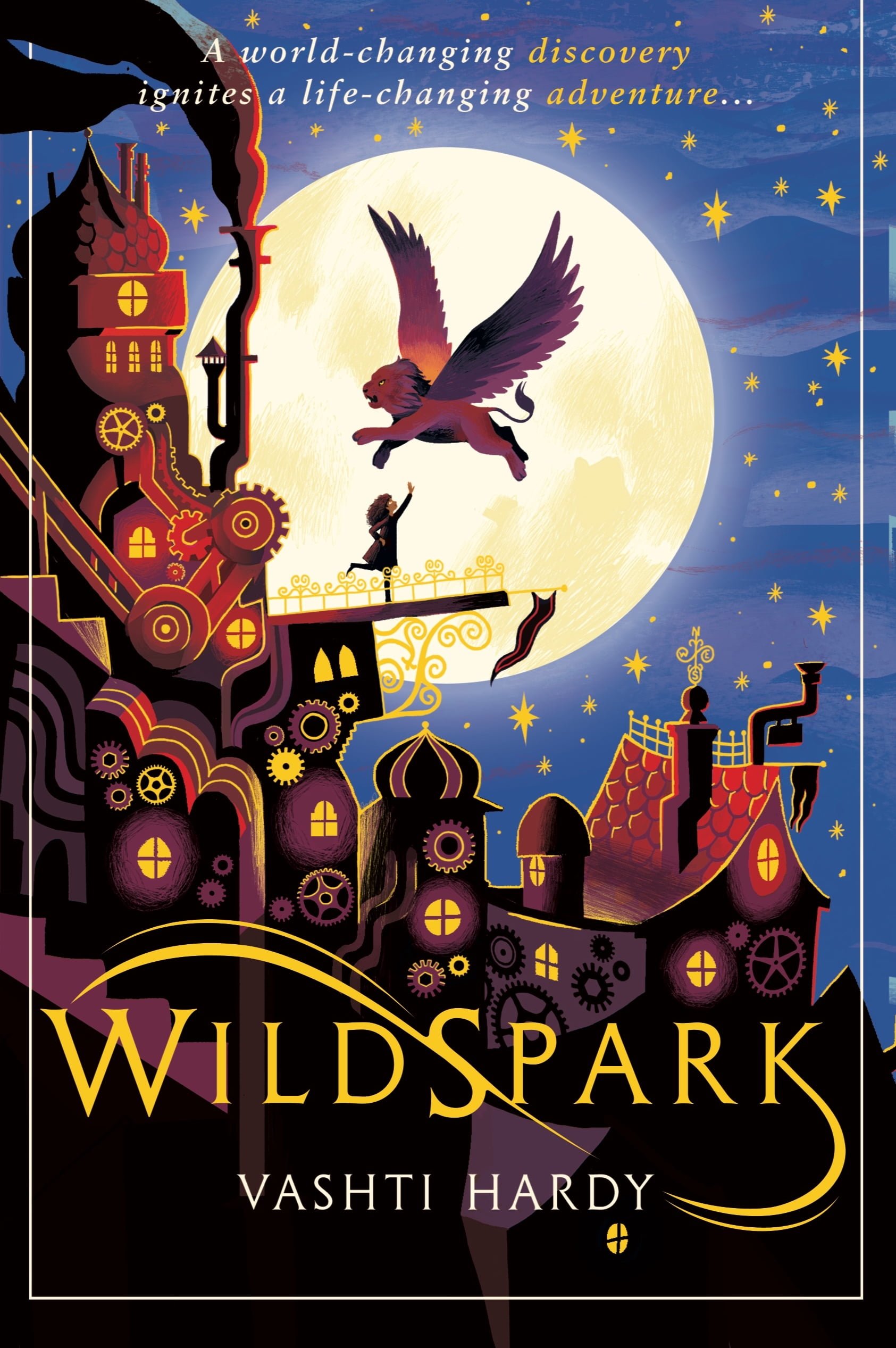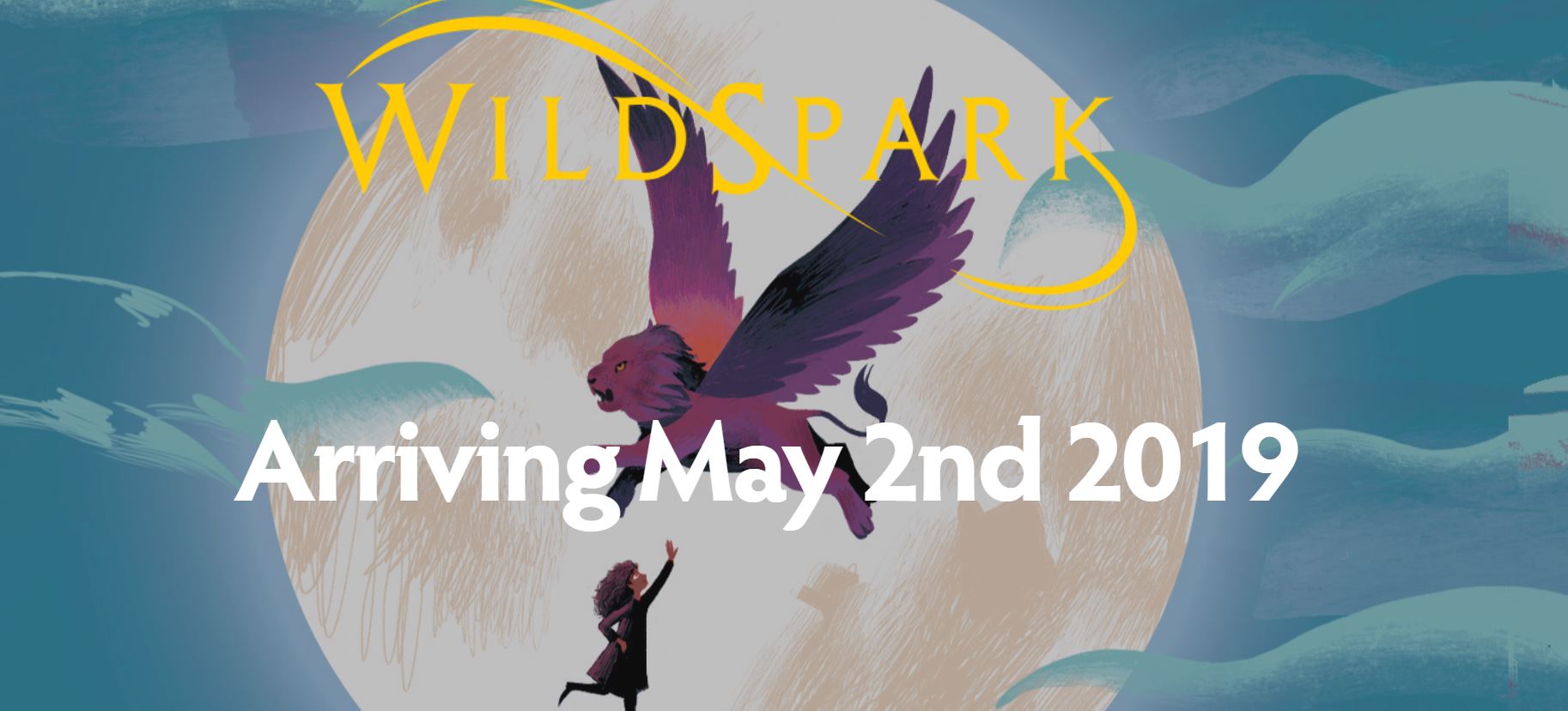Vashti Hardy is a writer of children’s books living near Brighton in Sussex with her husband and three teens. She was a primary school teacher for several years and her books include Brightstorm and Wildspark, which will be released in May 2019…

Without giving too much away, I wondered if you could tell us a bit about your new book Wildspark, which is out in May?
In Wildspark, a secretive guild of inventors have brought spirits of the dead back into the world, harnessing them in animal-like machines. The main character Prue has joined as an apprentice, but she’s on a mission of her own: to bring her brother back to life. To find him, she needs to get the ghost machines to remember the people they used to be…
The main character in Wildspark is a young apprentice called Prue. What can you tell us about her? Who inspired her?
Prue Haywood is a young farm girl with a talent for mechanics. The story starts a year after the sad death of her older brother – they were close and made robotic-like animals and machinery together to help on their farm. Prue has a sparky, determined personality, so when she gets the chance to be an apprentice at the guild in Medlock, she goes after it, even though she knows her parents will be against her motivation. I’m not sure where Prue arrived from in my imagination, but I suspect a bit of my own wilful personality seeped into her!
How is Wildspark similar to Brightstorm? How is it different?
Where Brightstorm centres on a world of explorers, Wildspark centres on a world of inventors. Both worlds come from a big ‘what if?’, so with Brightstorm I wondered what if there was a world with lots of places still unknown to explore and there were animals that were super intelligent and could communicate through thought. With Wildspark I thought, what if there was a world where they’d found a way to bring ghosts back and harness them inside life-like robotic machines…

After the success of Brightstorm, how did you feel about writing a new stand-alone book?
I love world-building, so it’s been such an absolute joy to develop a new story environment and cast of characters. It’s lovely to swap between different worlds, and hopefully readers will enjoy exploring in Wildspark’s Medlock and then be excited about being able to return to the world of Brightstorm afterwards too! I’m really excited about some other story worlds I have on the back-burner, but I’m letting them wait patiently in the wings (for now!).
The front cover design for Wildspark by George Ermos is very striking! How did it feel when you saw it for the first time?
Thank you! I loved it the instant I saw it! It made me want to leap into the story, which I think a good cover should do – George Ermos is so talented. I’m also very lucky that Scholastic designer Jamie Gregory has worked on my books too, as he has an amazing eye for what works in briefing and in pulling the whole package together.

Lots of us are very excited about the news that you will be writing a sequel to Brightstorm! How does it feel to be revisiting the world of Brightstorm again? What can readers expect?
I’m so excited to be back in the world of Brightstorm and to be setting sail in the Aurora again! Without giving too much away, readers can expect to travel to new lands and environments with their own unique dangers, some very exciting inventions, big surprises, and some more sapient creatures, and of course the dastardly Eudora Vane is back with more terrible plans…
How important is it do you think for children to see a range of diverse, different characters in the stories written for them?
I think it’s enormously important and I do my best to create a diverse cast of characters. All children need to be able to see themselves as the heroes of stories – we all have a multitude of things that make us who we are and as authors we have a duty to be mindful both in our leading characters and in the secondary characters.
What stories and authors did you enjoy as a child? Are there any that you feel have particularly influenced you?
I loved Rebecca’s World by Terry Nation as a child. It was the book that hooked me as a reader and made me realise that the imagination had no boundaries. It changed everything for me and made me want to create my own story worlds. I also loved the Chocky books by John Wyndham and Robert Swindells’ Brother in the Land had a big impact on me. I had an inquisitive mind as a child and I still do, so any story that posed thought-provoking questions and ideas drew me in.
What advice would you give to teachers about how to develop reading for pleasure in their classrooms?
I would say read widely and connect with the wonderful community of educators on Twitter and try the Primary School Book Club which takes place every month for recommendations. Make sure the children see them reading as the teacher – you could have a book of the week and posters of favourite books on their doors and walls. Make sure children know there is a great variety of books out there for them to discover and that it’s OK that we all have different tastes and interests in books. Explore a great range of texts with them: poetry, non-fiction, picture books, graphic novels, fiction of all genres etc! Also, do what you can to pass on the love of books within your school to other teachers. For example, you could try a staff room book swap – a love of reading spreads like ripples in a lake so do what you can to start the waves!
I know that science is a passion of yours. What are your feelings about the recent findings that women are underrepresented in STEM (science, technology, engineering and maths) occupations and only make up 14.4% of all people working in STEM in the UK? How do you think your books try to tackle this issue?
I think these statistics are pretty alarming and that we obviously need to do more to change perceptions of gender and STEM roles. When creating fantasy worlds, the writer gets to choose what problems from real-life we might like to mirror and explore in the new world to draw attention to the issue, or we can imagine a world where certain real-world problems don’t exist. In Brightstorm, and my new story Wildspark, I felt very strongly that the worlds I was creating should never have experienced gender as a barrier to achievement in STEM subjects. My way of tackling the issue is to try to think carefully about my portrayal of gender roles and aim for a balanced world, so you will find lots of females and males in a variety of both STEM and artistic roles, presenting it as the ‘normal’. I hope that in some small way it sends the message that whatever your passions and dreams, nothing should stand in your way. I also try to look at the small decisions I make in language choice. For example, in Wildspark I tried to reverse the conventional order we usually use of ‘Mr and Mrs’ and ‘Mum and Dad’, so I’ll write ‘Mrs and Mr’ or ‘Dad and Mum’, just to challenge thinking. All the small signals we send make up the whole, and I think it needs to be tackled at all levels.
Apart from your own books, are there any children’s books you’ve particularly enjoyed recently and would recommend?
Recently, I really loved Sinéad O’Hart’s The Star-Spun Web – it’s a fabulous multi-verse tale with a great cast of characters, and I’m a huge fan of The Apprentice Witch series by James Nicol which is a total hug of a series!
This slideshow requires JavaScript.
Finally, can you describe Wildspark in three words?
Invention, ghosts, harnessing!
Thank you for your excellent questions. I hope you enjoy the world of Wildspark! All aboard the Gigantrak for Medlock…



